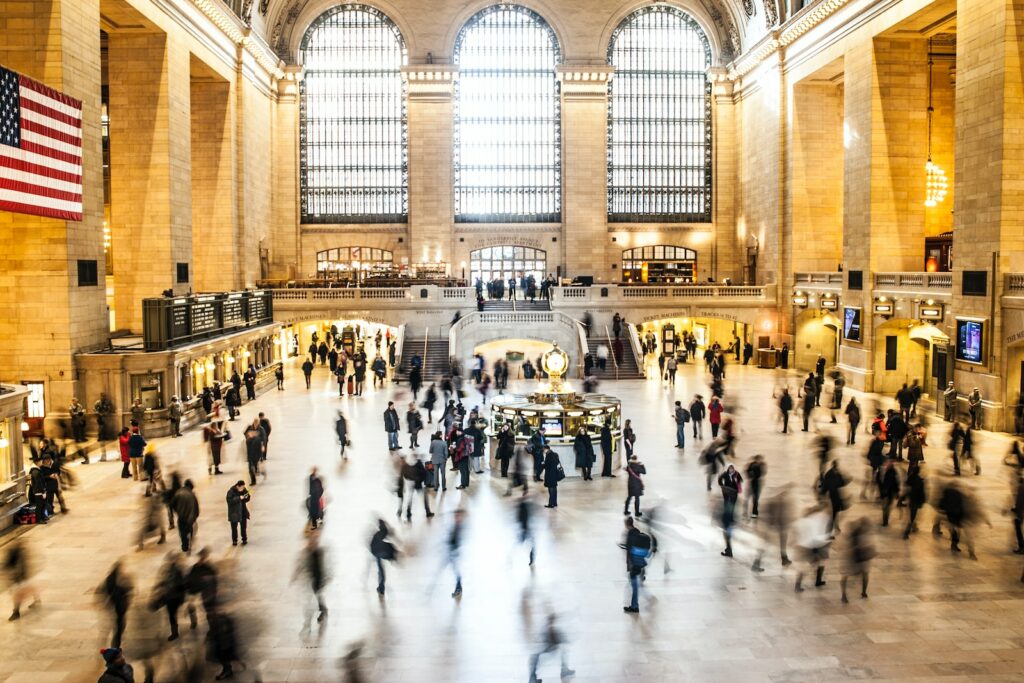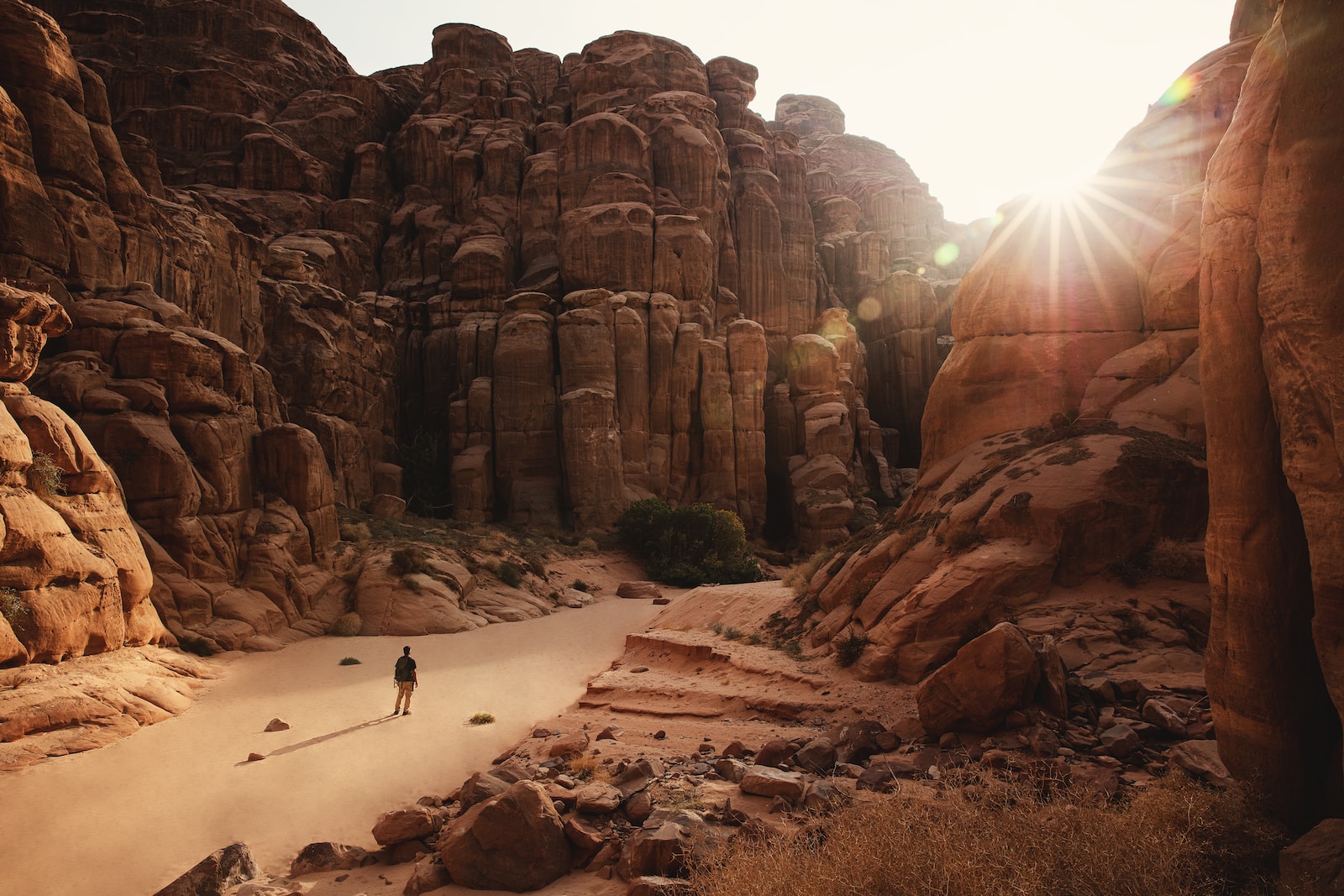Welcome to Time in Motion: Mastering Timelapse Photography! Are you ready to capture the world in a mesmerizing way? In this blog, we will delve into the captivating field of timelapse photography, where time seems to dance before your eyes. Join us as we explore techniques, camera movements, and the artistry that bring still images to life. Whether you are a seasoned photographer or a curious beginner, this is your chance to expand your skills and unlock the secrets of capturing breathtaking moments.
Table of Contents
- Exploring the Fascinating World of Timelapse Photography
- Frequently Asked Questions
- What is timelapse photography?
- What equipment do I need for timelapse photography?
- What are some popular timelapse techniques?
- How do I set up my camera for timelapse photography?
- What are some tips for capturing smooth motion in timelapse videos?
- How can I enhance my timelapse videos in post-processing?
- Wrap Up
Exploring the Fascinating World of Timelapse Photography
Timelapse photography is a powerful technique that allows photographers to captivate viewers by showcasing the passage of time. By condensing hours, or even days, into a few seconds of footage, timelapse photography brings movements we may overlook in real-time into sharp focus. This technique can transform ordinary scenes into extraordinary visual experiences, emphasizing the rhythm and flow of both natural and man-made subjects.
When it comes to choosing subjects for timelapse photography, the possibilities are endless. Here are a few fascinating subjects that lend themselves well to this technique:
- City Skylines: The bustling streets and twinkling lights of a city skyline in timelapse create a mesmerizing display of urban life.
- Changing Seasons: Time-lapsing the shifting colors of autumn leaves or the blooming of flowers in spring adds a unique perspective to the beauty of nature.
- Cloud Formations: Timelapse can showcase the elegance and ever-changing nature of clouds, from fluffy cumulus to dramatic storm formations.
- Construction Projects: Documenting the progress of a building being constructed, from foundation to completion, brings to life the intricate techniques and collaborative efforts involved.
- Star Trails: Timelapse techniques can also be applied to capture the mesmerizing movements of stars across the night sky.
Mastering the Techniques
To create exceptional timelapse photography, it’s imperative to master a few essential techniques. Here’s how you can elevate your timelapse game:
- Sturdy Tripod: Stability is crucial in timelapse photography. Invest in a high-quality tripod to ensure your camera remains steady throughout the duration of your shoot.
- Intervalometer: This invaluable tool allows you to set the time interval between shots, ensuring consistent spacing and smooth playback of your timelapse sequence.
- Manual Settings: Set your camera to manual mode to have full control over exposure, focus, and white balance. This consistency will result in seamless transitions between frames.
- Composition: Just like in any other form of photography, composition is key. Consider the rule of thirds, leading lines, or interesting foreground elements to create visually captivating timelapses.
- Post-processing: After capturing your timelapse sequence, use editing software to enhance colors, contrast, and add any desired effects. This step helps to bring your vision to life.
By implementing these techniques, you’ll be well on your way to mastering timelapse photography and creating breathtaking visuals that leave a lasting impact on your audience.
Did you know that timelapse photography captures the passage of time by taking a series of still photos at regular intervals? These photos are then played back in a sequence, creating a mesmerizing video that showcases the beauty of movement and the evolution of a scene.
Choosing the Right Camera for Timelapse Photography
When it comes to timelapse photography, having the right camera is crucial. Look for a camera that offers advanced features such as interval shooting, manual exposure settings, and a built-in intervalometer. This will allow you to have full control over the exposure and timing of your shots. Consider options like mirrorless cameras or DSLRs that offer high-resolution sensors, as they capture more details and produce sharper images.
Optimal Lenses and Equipment for Capturing Timelapse Sequences
The choice of lens plays a significant role in timelapse photography. Wide-angle lenses, around the 14-24mm range, are popular among timelapse photographers as they allow you to capture more expansive scenes and emphasize movement. However, don’t limit yourself to just wide-angle lenses. Experiment with different focal lengths to capture diverse perspectives and create a visually captivating story.
Additionally, consider investing in a sturdy tripod to ensure stability during the long exposure times required for timelapse photography. Look for features like adjustable legs, a ball head, and a quick-release plate for ease of use and precise positioning.
Neutral density (ND) filters are another essential accessory for timelapse photography. These filters help reduce the amount of light entering the camera, allowing for longer exposure times and creating beautiful motion blur in clouds, water, or other moving elements. ND filters come in various strengths, like ND2, ND4, and ND8, offering different levels of light reduction. Experimenting with different filter strengths will give your timelapse sequences a unique and visually captivating effect.
Expanding Your Equipment for Advanced Techniques
Once you have mastered the basics of timelapse photography, you may want to explore some advanced techniques. One option is to use a motorized slider, which automatically moves your camera during the timelapse sequence, adding dynamic movement to your shots. This tool is particularly useful when capturing timelapses of landscapes or cityscapes where linear motions can create impressive visual effects.
If you want to take your timelapses to the next level, consider adding a motion control system to your kit. These systems allow you to program complex camera movements, including panning and tilting, providing a cinematic feel to your timelapse sequences. Introducing camera movements adds visual interest and engages the viewer on a whole new level.
Remember, the key to successful timelapse photography goes beyond the gear you use. It’s about finding the perfect subject, mastering the technique, and being patient. With the right camera, lenses, and equipment, you’ll be well on your way to capturing breathtaking timelapse sequences.

The Best Time for Captivating Timelapse Photography
When it comes to timelapse photography, choosing the right time of year can significantly enhance the quality and impact of your shots. The changing seasons offer unique opportunities to capture nature’s mesmerizing transformations. For instance, the vibrant colors of autumn leaves or the blooming of flowers in spring can add a captivating element to your timelapse sequence.
Moreover, considering the time of day is crucial in creating compelling timelapses. The Golden Hour, which occurs during sunrise and sunset, provides a soft and warm light that beautifully illuminates your subject. This natural lighting technique creates a magical ambiance and adds depth to your photographs.
Exploring Vantage Points and Positions
Choosing the right vantage point and position is essential for capturing stunning timelapse scenes. Here are three options to consider:
1. High Elevation: Find a location that offers a panoramic view of the landscape. A mountaintop, rooftop, or hillside can provide a unique perspective, allowing you to capture vast movements and changes in the scenery. Timelapses taken from a high point also provide a sense of grandeur, showcasing the vastness of the surroundings.
For example, positioning your camera on a hill overlooking a city skyline can capture the movement of cars and the changing lights as day turns into night.
2. Urban Hotspots: Cities are full of movement and life, making them ideal for timelapse photography. Look for busy streets, crowded marketplaces, or bustling squares to capture the vibrant energy that urban environments offer. The combination of people, cars, and lights can result in dynamic and visually engaging timelapses.
Imagine placing your camera on a tripod in Times Square and capturing the movement of pedestrians, taxis, and the flashing billboards as day transitions into an illuminated night.
3. Natural Wonders: Nature provides endless possibilities for breathtaking timelapse shots. Seek out locations such as waterfalls, seashores, or forests to capture the ever-changing beauty of the natural world. The movement of water, clouds, or foliage can create stunning visual effects.
Consider setting up your camera near a cascading waterfall, capturing the motion of the water as it tumbles over the rocks.
Remember, the art of timelapse photography is all about experimentation. Don’t be afraid to try different vantage points and positions to find the most captivating compositions. By harnessing the power of timing and choosing the right perspective, you’ll be able to master the art of timelapse photography and create mesmerizing sequences that bring life to still images.
Shooting timelapse with a camera that has a built-in intervalometer is a game-changer. It allows you to automate the process of taking photos at regular intervals, ensuring consistency and accuracy in your timelapse. This feature can be found in advanced DSLRs or mirrorless cameras, as well as some high-end compact cameras. So make sure to check if your camera has this useful tool before you start shooting!
Frequently Asked Questions
What is timelapse photography?
Timelapse photography is a technique used to capture the passage of time by taking a series of still photos at set intervals and then playing them back as a continuous video. It allows you to create visually stunning videos that showcase the movement of subjects over an extended period.
What equipment do I need for timelapse photography?
To master timelapse photography, you’ll need a camera with manual settings, a sturdy tripod to keep your camera stable, and an intervalometer or remote timer to control the intervals between shots. Additionally, using a wide-angle lens can help capture a larger field of view.
What are some popular timelapse techniques?
There are various timelapse techniques to experiment with, such as the day-to-night transition, the moving clouds effect, the star trails effect, and the smooth panning motion. Each technique adds a unique element to your timelapse videos and allows you to showcase different aspects of movement.
How do I set up my camera for timelapse photography?
To set up your camera for timelapse photography, start by selecting a suitable interval between shots based on your desired outcome. Set your camera to manual mode and adjust the settings for aperture, shutter speed, and ISO according to the lighting conditions. Remember to use manual focus and disable any image stabilization features.
What are some tips for capturing smooth motion in timelapse videos?
To achieve smooth motion in timelapse videos, it’s crucial to use a fluid and controlled movement when adjusting your camera’s position or panning. Consider investing in a motorized slider or a pan/tilt head to achieve precise and consistent camera movements. Also, avoid abrupt movements or shaking the camera during the shooting process.
How can I enhance my timelapse videos in post-processing?
During post-processing, you can enhance your timelapse videos by adjusting the color grading, adding transitions, and applying motion blur effects to create a seamless flow between frames. Additionally, you can overlay music or narration to evoke emotions and engage your audience on a deeper level.
Wrap Up
Timelapse photography is a powerful technique that allows you to capture the flow of time and create stunning visual stories. By mastering the art of timelapse, you can take your photography skills to new heights and wow your audience with dynamic and captivating images.
Throughout this blog, we’ve explored the intricacies of timelapse photography, from understanding the essential movements to selecting the right camera and mastering the necessary techniques. It’s an art form that requires patience, precision, and creativity.
Now it’s your turn to dive in and put your newfound knowledge to practice. Grab your camera, explore different locations, and experiment with various settings. Remember to plan your shots, maintain stable movement, and use the right equipment to achieve outstanding results.
We’d love to hear about your experiences with timelapse photography. Feel free to leave a comment below and share your thoughts, tips, or even your own timelapse creations. Let’s keep the conversation going and inspire each other to continue pushing the boundaries of this captivating art form.

